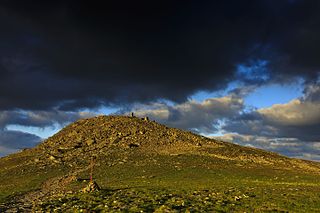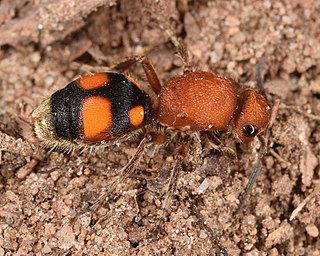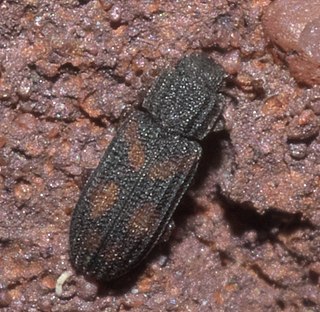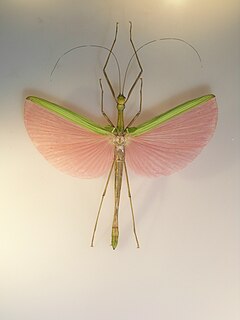
Babia Góra, or Babia hora, literally Old Wives' or Witches' Mountain, is a massif situated on the border between Poland and Slovakia in the Western Beskid Mountains. The name is also applied to the culmination of the massif, Diablak, which is also the highest peak of this part of the Carpathian Mountains, at 1,725 metres (5,659 ft) above sea level.

Babia Góra National Park is one of the 23 national parks in Poland, located in the southern part of the country, in Lesser Poland Voivodeship, on the border with Slovakia. The Park has its headquarters in the village of Zawoja.

Titanoeca is a genus of spiders that occurs mainly in Eurasia, with three species found only in North America. One species has a holarctic distribution, and T. guayaquilensis is endemic to Ecuador.

Cabrillanes is a municipality located in the province of León, Castile and León, Spain.

Horná Orava Protected Landscape Area is one of the 14 protected landscape areas in Slovakia. It is situated in the Námestovo and Tvrdošín districts, within the Orava region.

Titanoeca quadriguttata is a species of spider in the family Titanoecidae. It is widespread in Europe, though absent from Great Britain, and is found in Austria, Belgium, Bulgaria, Corsica, Croatia, Czech Republic, France, Germany, Greece, Hungary, Italy, Liechtenstein, Moldova, Russia, Slovakia, Spain, Switzerland, the Netherlands, Ukraine.
The genus Babia comprises a number of species of leaf beetles in the subfamily Cryptocephalinae, though historically they were often treated within a subfamily Clytrinae. The number of species in the genus is at least 12, but as there are almost as many described members which are subspecies, this number may be greater in some classifications.

Doratifera quadriguttata, the four-spotted cup moth, is a moth of the family Limacodidae. The species was first described by Francis Walker in 1855. It is found in Australia.
Geteuma quadriguttata is a species of beetle in the family Cerambycidae. It was described by Charles Coquerel in 1852. It is known from Madagascar.
Proctocera quadriguttata is a species of beetle in the family Cerambycidae. It was described by Per Olof Christopher Aurivillius in 1914. It is known from Gabon, the Democratic Republic of the Congo, and Uganda.

Dasymutilla quadriguttata is a species of velvet ant in the family Mutillidae.

Bitoma is a genus of cylindrical bark beetles in the family Zopheridae. There are about 15 described species in Bitoma.
Neolema quadriguttata is a species of leaf beetle in the family Chrysomelidae. It is found in North America.

Nitidula is a genus of sap-feeding beetles in the family Nitidulidae. There are more than 20 described species in Nitidula.

Bitoma quadriguttata is a species of cylindrical bark beetle in the family Zopheridae. It is found in North America.

Derospidea brevicollis is a species of skeletonizing leaf beetle in the family Chrysomelidae.
Babia tetraspilota, the western babia, is a species of case-bearing leaf beetle in the family Chrysomelidae. It is found in Central America and North America.
Hypocryphalus mangiferae, known generally as the mango bark beetle or shoot gun perforator, is a species of typical bark beetle in the family Curculionidae.
Paria quadriguttata, the willow parium, is a species of leaf beetle. It is found in Central America and North America.

Marmessoidea is an Asian genus of stick insects in the family Diapheromeridae and subfamily Necrosciinae. The native range of species appears to be from India and South-East Asia to the Wallace line.














